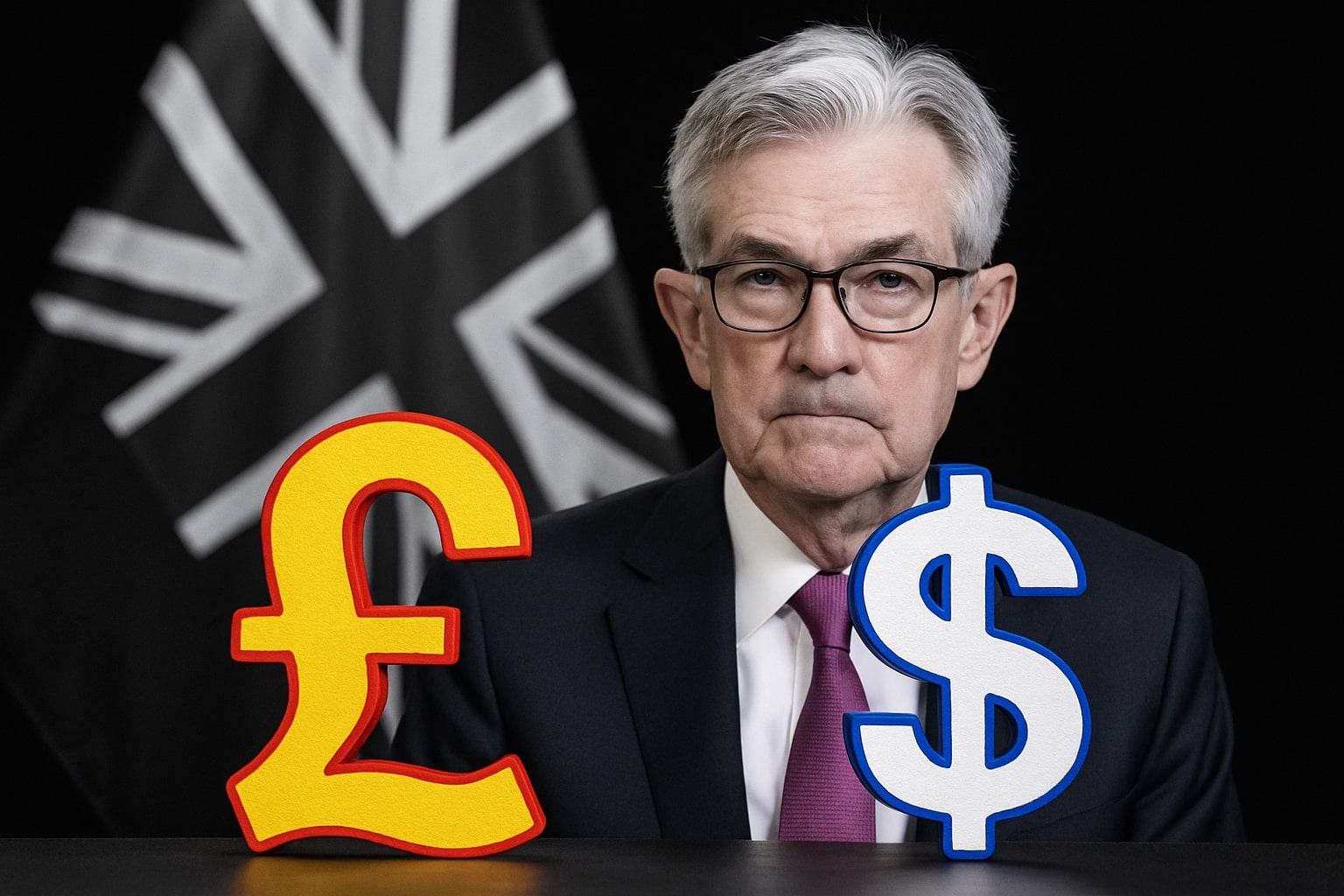
Bitcoin ETF Inflows Top $7.1 Billion as BTC Climbs to $108,700 and Whale Activity Resurges
BlackRock and Fidelity drive record Bitcoin ETF flows, while dormant whales, shrinking reserves, and sovereign vaults reshape BTC’s market structure | That's TradingNEWS
Bitcoin explodes past $100K as ETF inflows trigger institutional wave
The Bitcoin (BTC-USD) market has entered a defining chapter in 2025, with inflows into spot ETFs reaching an all-time weekly high of $7.1 billion, according to aggregated data. This surge isn’t merely technical noise—it’s the clearest sign yet that institutional players are not just testing crypto waters; they’re diving in headfirst.
On July 7, U.S. Bitcoin ETFs alone absorbed $217 million in net inflows, marking the third straight day of strong institutional demand. Leading this charge, BlackRock’s iShares Bitcoin Trust (IBIT) recorded $560 million in inflows across the week, while Fidelity’s FBTC added $66.8 million, driving the rally that pushed Bitcoin through $100,000—a staggering 48.56% year-to-date surge.
Institutional demand reshapes Bitcoin supply dynamics
The structural impact of these inflows is profound. Total exchange-held BTC reserves have fallen sharply to 2.07 million coins, as ETF custody swallows circulating supply. As of July 2025, 6.2% of all Bitcoin is now locked in ETFs, suggesting that BTC has entered the mainstream portfolio arena, akin to gold in the early 2000s.
Even while prices touch $108,700, actual spot and futures trading volumes are retreating. Spot ETF volumes are down to $5.02 billion, and futures markets saw a dip to $31.2 billion, the lowest in over a year. It’s a paradox—institutional buyers are dominating flows, but retail sentiment remains cautious, likely waiting for either a breakout to $120K or a deeper retrace before re-engaging.
BlackRock and Fidelity dominate, Grayscale stabilizes
Among the key players:
-
IBIT (BlackRock): $164.64M inflows in one day
-
FBTC (Fidelity): $66.05M inflows
-
ETHA (BlackRock, Ethereum ETF): $53.21M
-
FETH (Fidelity Ethereum ETF): $8.9M
-
Grayscale Mini Trust: $6.22M inflow, a reversal from prior redemptions
Meanwhile, Grayscale’s flagship GBTC showed modest $10.21M in outflows, indicating that much of the legacy conversion pressure may have abated. The ETF market now appears increasingly bifurcated: new entrants capture fresh capital, while older trusts slowly unwind.
Mid-tier whales quietly accumulate while dormant giants stir
One of the most fascinating undercurrents is the expansion of wallets holding between 100–1,000 BTC, which have grown from 3.9M to 4.76M BTC in the past year. This cohort—comprising family offices, hedge funds, and crypto-native institutions—is now the fastest-growing BTC ownership class.
At the same time, two wallets dormant since 2011—containing 20,000 BTC valued at over $2.1 billion—suddenly became active, moving funds not to exchanges but to fresh private addresses. Though this raised speculation, it signaled no intent to sell, reinforcing the thesis of long-term holding among legacy owners.
Governments and corporations join the Bitcoin elite
The United States government now officially holds 207,189 BTC, following President Trump’s executive order to create a Strategic Bitcoin Reserve. This makes the U.S. the largest sovereign Bitcoin holder, followed by China’s 194,000 BTC, and the U.K. with 61,245 BTC. Smaller but notable players include Bhutan (11,924 BTC) and El Salvador (6,229 BTC).
Among corporations:
-
Strategy (formerly MicroStrategy) holds 597,325 BTC, valued over $42.4B, with a cost basis of $70,982.
-
Tesla maintains 11,509 BTC
-
Block (Square): 8,584 BTC
-
GameStop: 4,710 BTC
-
Semler Scientific: 4,449 BTC
-
XXI (by Twenty One Capital): 37,230 BTC
-
Metaplanet: 15,555 BTC, aiming for 210,000 BTC by 2027
Institutional presence has clearly matured past speculation—BTC is now a core treasury asset across both public and private institutions.
ETF inflows build on bullish forecasts despite volume slowdown
Analysts remain divided on BTC’s upside trajectory, but inflows paint a convincing picture. Ryan Lee of Bitget Research sees a Q3 target between $110,000–$115,000, with a year-end price band of $130,000–$160,000. Robert Kiyosaki still projects $250,000, though such a move would likely require a new macro trigger, like Fed rate cuts or geopolitical shock.
Yet caution lingers. Despite the momentum, trading volume is thinning, a contradiction highlighted by Glassnode, which warns of “summer calm” in BTC activity. This suggests institutional accumulation is masking retail hesitation, and any macro shift—like tariff escalations or regulatory clampdowns—could trigger sharp volatility.
The rise of DeFi alternatives amid ETF hype: Mutuum Finance (MUTM)
While Bitcoin ETFs grab headlines, DeFi-native protocols like Mutuum Finance (MUTM) are quietly amassing traction. Still in presale at $0.03, MUTM has raised over $11.8M from 12,800+ holders, drawing comparisons to early Compound or Aave.
Its mtToken system auto-compounds lending yield, offering 15% APY in stablecoins. Institutional-grade security, a 95/100 CertiK audit, and Layer-2 scaling roadmap make it one of the few alt protocols to challenge ETF-centric narratives. Its projected 10x price potential reflects growing demand for on-chain yield vs. off-chain custody.
BTC ownership concentration remains high, but decentralization grows
Despite ETF democratization, the top 100 BTC wallets still control ~14.7% of supply. Satoshi Nakamoto’s legendary wallet remains untouched (~1.1M BTC), while Binance (248,600 BTC) and Robinhood (140,600 BTC) lead exchange reserves. Yet it’s the rise of wallets under 1,000 BTC—a steadily growing class—that signals Bitcoin’s gradual wealth dispersion.
Verdict: Bitcoin (BTC-USD) remains a BUY amid institutional accumulation
Despite concerns over liquidity, price fatigue, and volume thinning, BTC-USD’s surge past $100,000 is not speculative—it is structural. With $7.1B in ETF inflows, sovereign adoption, reduced exchange supply, and wallet decentralization rising, Bitcoin’s fundamentals have never been stronger.
Even if short-term volatility emerges, the long-term trend is clearly institutional consolidation and sovereign backing. As mid-tier wallets expand and ETFs continue to absorb float, BTC remains on track for $130,000–$150,000 by Q4 2025.
Verdict: BUY — ETF inflows and sovereign support make BTC a cornerstone asset of modern macro portfolios. Price pullbacks are entry points, not exit signals.
That's TradingNEWS
Read More
-
Netflix Stock Price Forecast - NFLX at $100 After $72B Warner Bros. Deal — $145 Upside Potential
06.12.2025 · TradingNEWS ArchiveStocks
-
XRP Price Forecast - XRP-USD Holds $2.03, Analysts See 40% Rally Toward $3
06.12.2025 · TradingNEWS ArchiveCrypto
-
Gold Price Forecast - XAU/USD Steadies Near $4,198 as Central Bank Demand Fuel $4,800 Target
06.12.2025 · TradingNEWS ArchiveCommodities
-
Stock Market Today - S&P 500, Nasdaq, and Dow Rise as NFLX Stock, TSLA and ULTA Fuel Record-Bound Wall Street Rally
06.12.2025 · TradingNEWS ArchiveMarkets
-
GBP/USD Price Forecast - Pound Eyes 1.35 Breakout as Fed Cut Odds Soar
06.12.2025 · TradingNEWS ArchiveForex


















